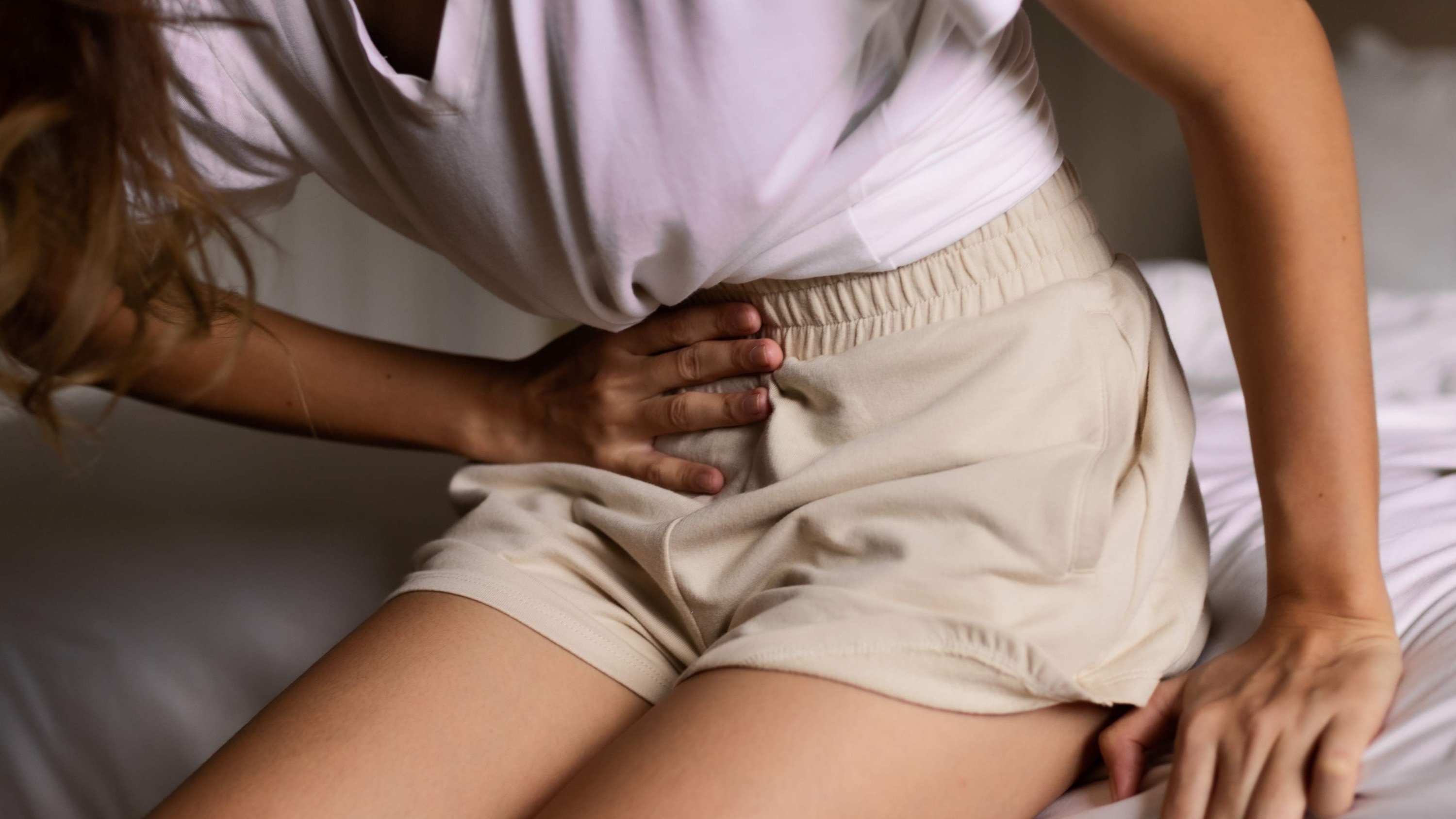- 01 What Are Period Cramps? -
- 02 Symptoms of Period Cramps -
- 03 Causes of Period Cramps According To The Experts -
- 04 How to Reduce Period Cramps: Effective Remedies and Treatment At-Home Remedies
- 05 Period Cramp Yoga Poses: Best Yoga Poses for Period Cramp Relief
- 06 Quick Relief Options: How To Get Rid Of Period Cramps Fast At Home
- 07 Lifestyle Tips for Long-Term Relief
- 08 Manage Period Cramps: When to See a Doctor?
- 09 FAQs on How To Manage Period Cramps
We've all been there. You wake up in the morning with a throbbing pain in your abdomen, which is followed by your period. Known as period cramps, or menstrual pain, this is a common symptom experienced by women during their menstrual cycle. Scientifically known as dysmenorrhea, this pain is a normal part of menstruation. According to research, 80% of menstruating women experience some degree of period pain at some point in their lives. To help you manage period pain better, we reached out to health experts. Here's their best advice.
01What Are Period Cramps? -
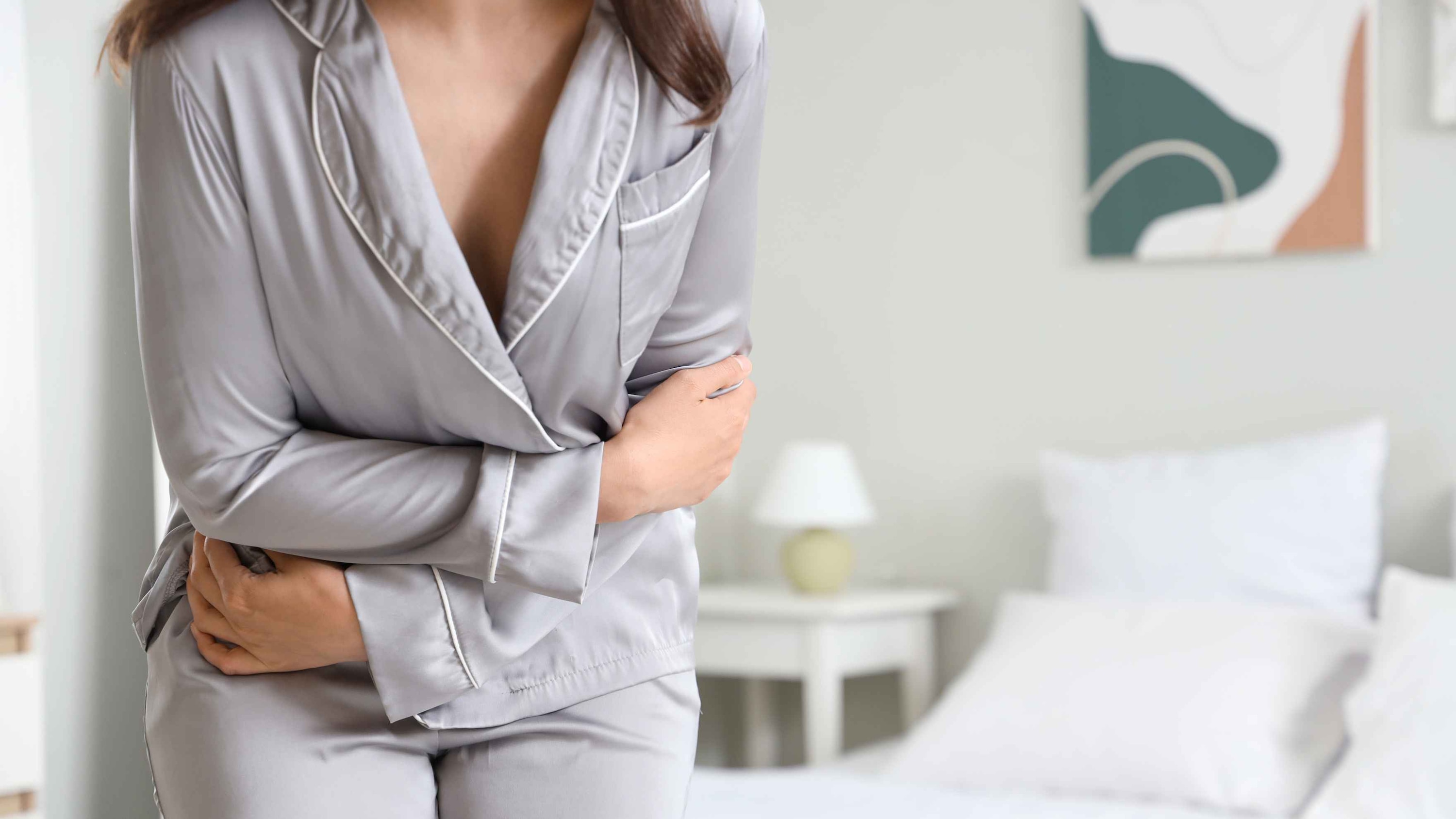
Period cramps are a dull, throbbing, or sharp pain usually felt in the lower abdomen, but which could also spread to the lower back and thighs as well. They are the main symptom of dysmenorrhea. Primary dysmenorrhea is a common menstrual pain not caused by an underlying medical condition. This is what most women experience.
Secondary dysmenorrhea is menstrual pain as a result of a disorder in the reproductive organs, such as endometriosis or fibroids.
02Symptoms of Period Cramps -
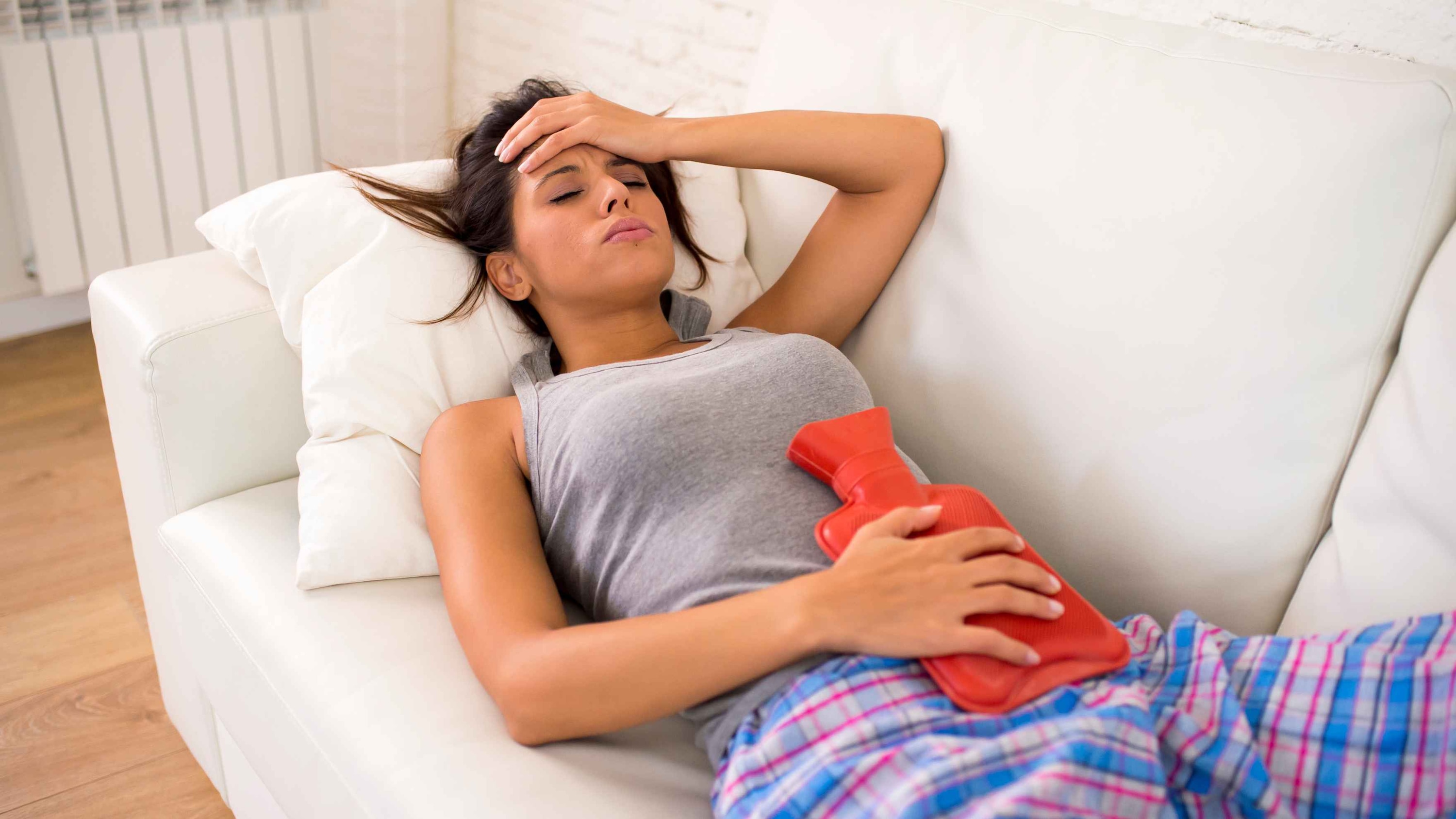
The primary symptom is pain in the lower abdomen, but the following other symptoms could accompany it:
- Pain that spreads to the lower back and inner thighs.
- Nausea and sometimes vomiting.
- Diarrhea or loose stools.
- Headache or lightheadedness.
- Fatigue or a general feeling of exhaustion.
03Causes of Period Cramps According To The Experts -
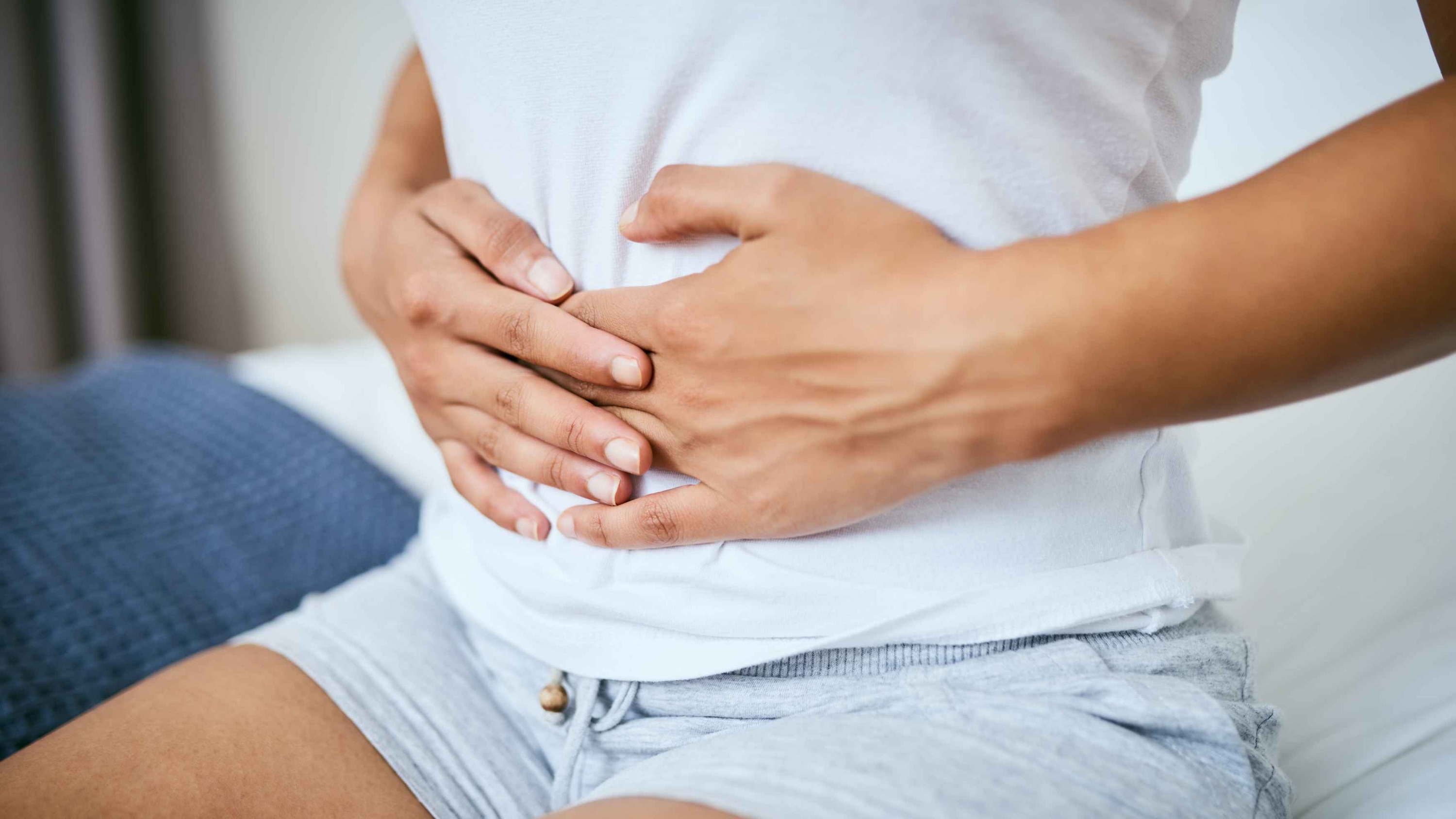
The biggest cause of period cramps is the contraction of the uterus, that is a result of specific chemical compounds.
- Prostaglandins and Uterine Contractions The main cause of primary dysmenorrhea is the overproduction of prostaglandins. Prostaglandins force the muscle walls of the uterus to contract forcefully. These contractions compress the blood vessels supplying the uterine lining, temporarily cutting off the oxygen supply. The lack of oxygen to the uterine muscle tissue causes pain.
- Other Causes (Secondary Dysmenorrhea) -
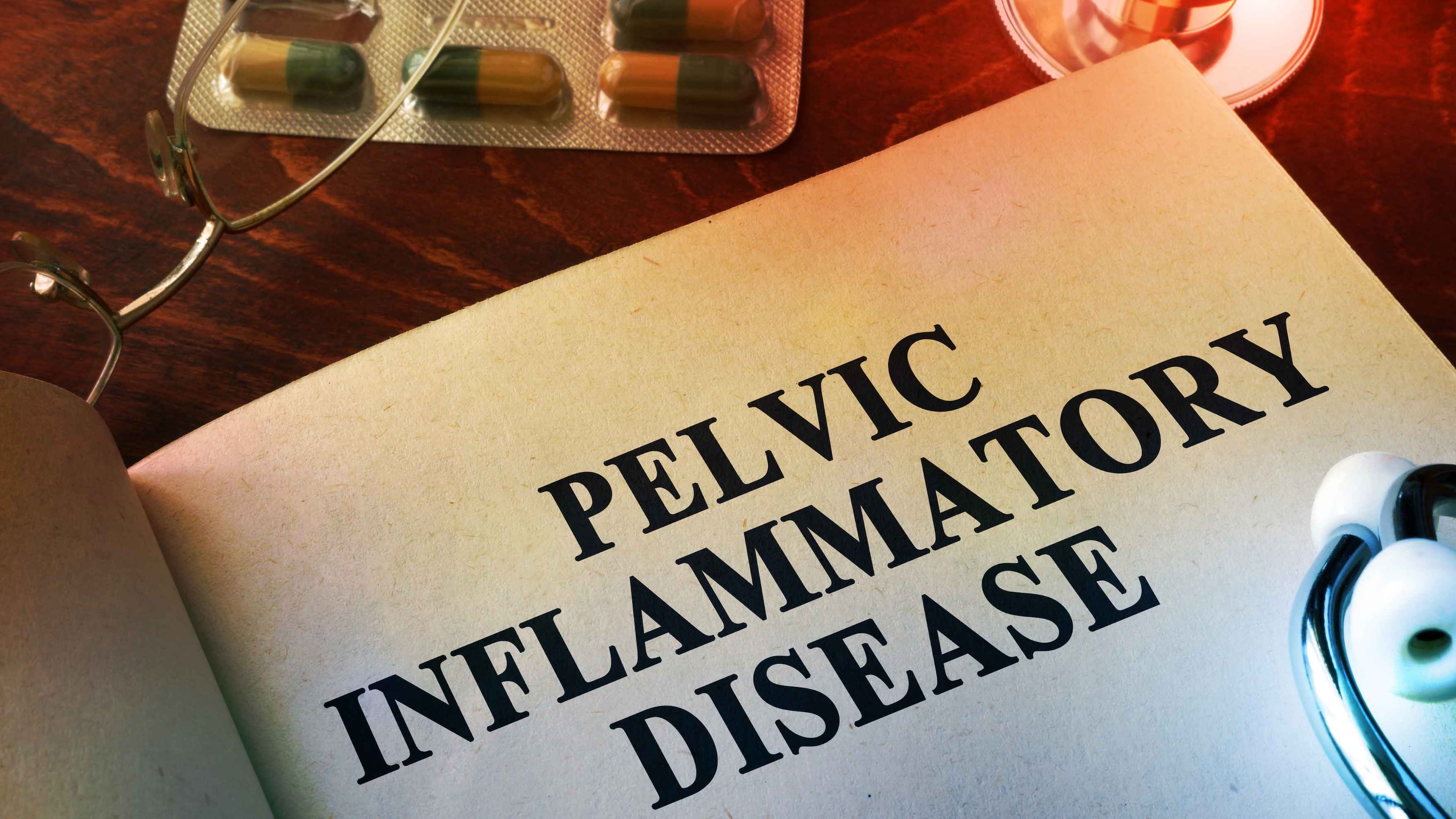
Period cramps that are more severe, start later in life, or are unresponsive to typical pain relief measures may be caused by an underlying condition such as the following:
- Endometriosis: A condition where tissue similar to the uterine lining grows outside the uterus (for instance, on the ovaries, fallopian tubes, or pelvis).
- Uterine Fibroids: Non-cancerous growths in the muscular wall of the uterus.
- Adenomyosis: A condition where the tissue that lines the uterus grows into the muscular wall of the uterus.
- Pelvic Inflammatory Disease (PID): An infection of the female reproductive organs.
"Period cramps during menstruation is due to release of substances like prostaglandin in the uterine muscles. Theoretically, the muscles of the uterus have to contract and force the menstrual blood outside," says Dr. Vaishali Joshi, senior obstetrician and gynaecologist at Kokilabein Ambani Hospital, Mumbai. "But if the period crams are affecting your day to day life, making you take time off from your work place or affecting your routine activities then it is something you need to pay attention to."
04How to Reduce Period Cramps: Effective Remedies and Treatment At-Home Remedies
Here are some simple, at-home period cramp remedies, which significantly reduce period pain:
- Use Heat:
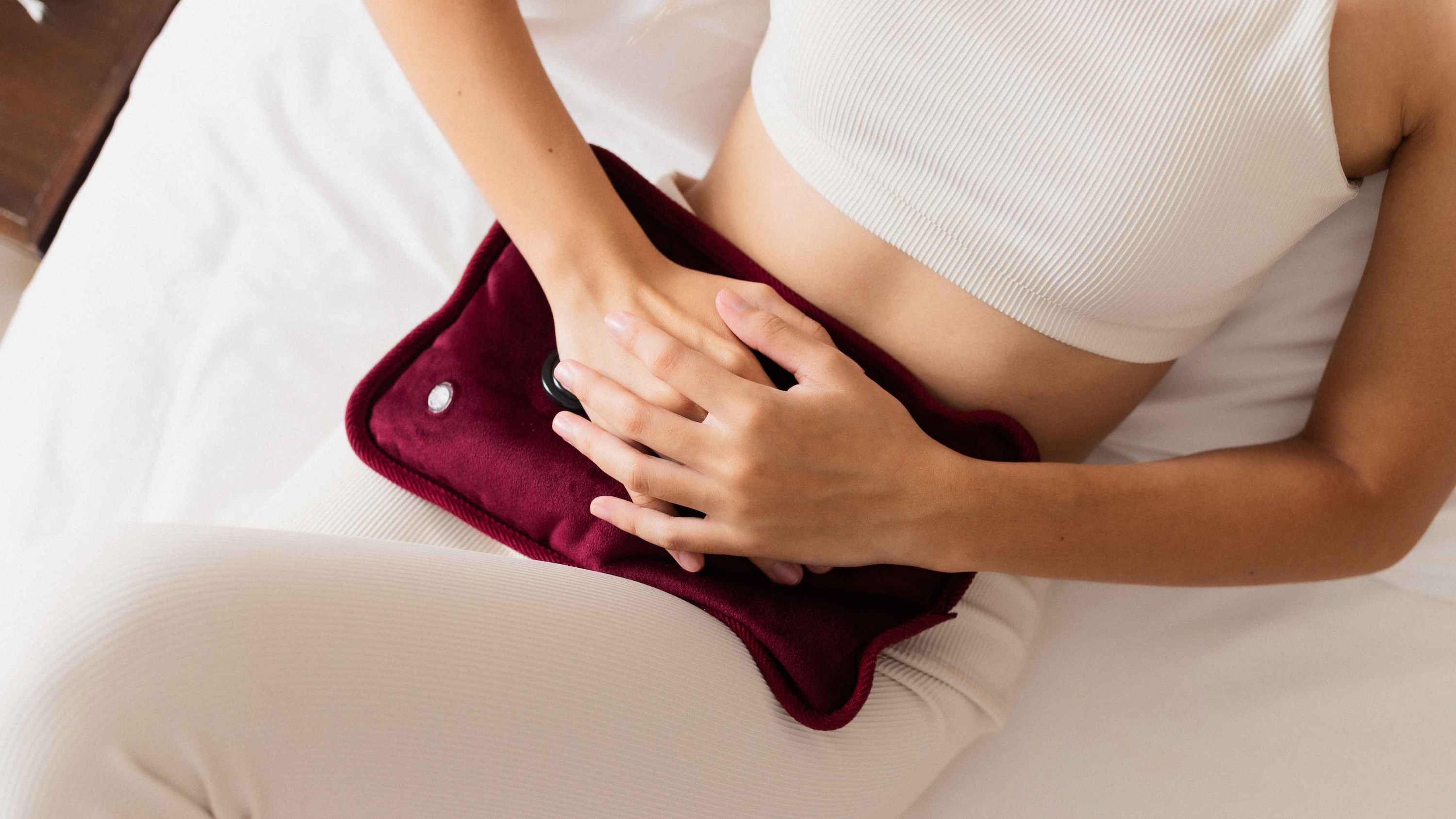
Keep a heating pad or hot water bottle on your lower abdomen or back. Heat helps the uterine muscles relax and boosts blood flow.
- Slow Massage:
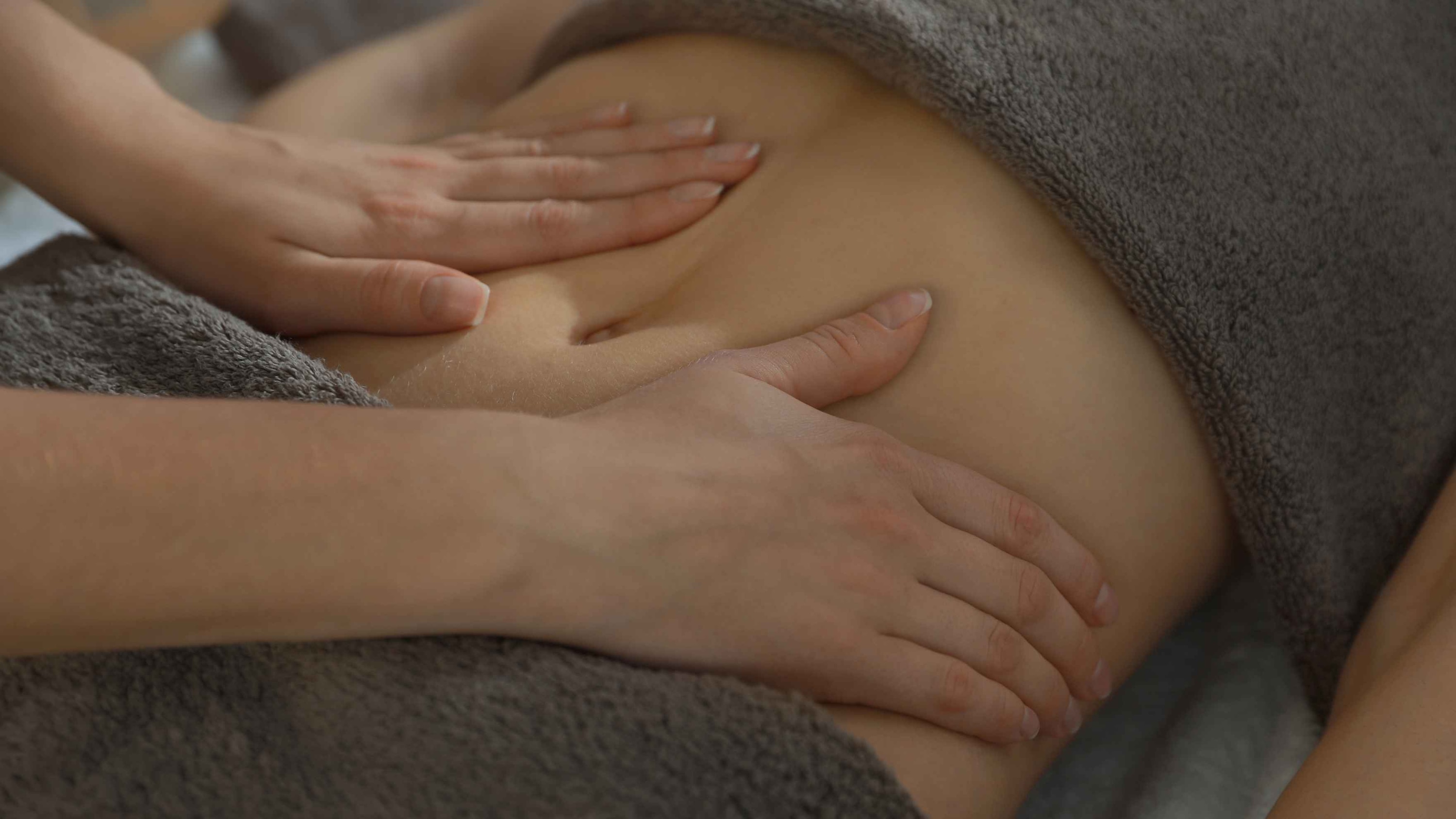
Gently massage your lower abdomen using circular motions to help reduce muscle tension.
- Consume Liquids:
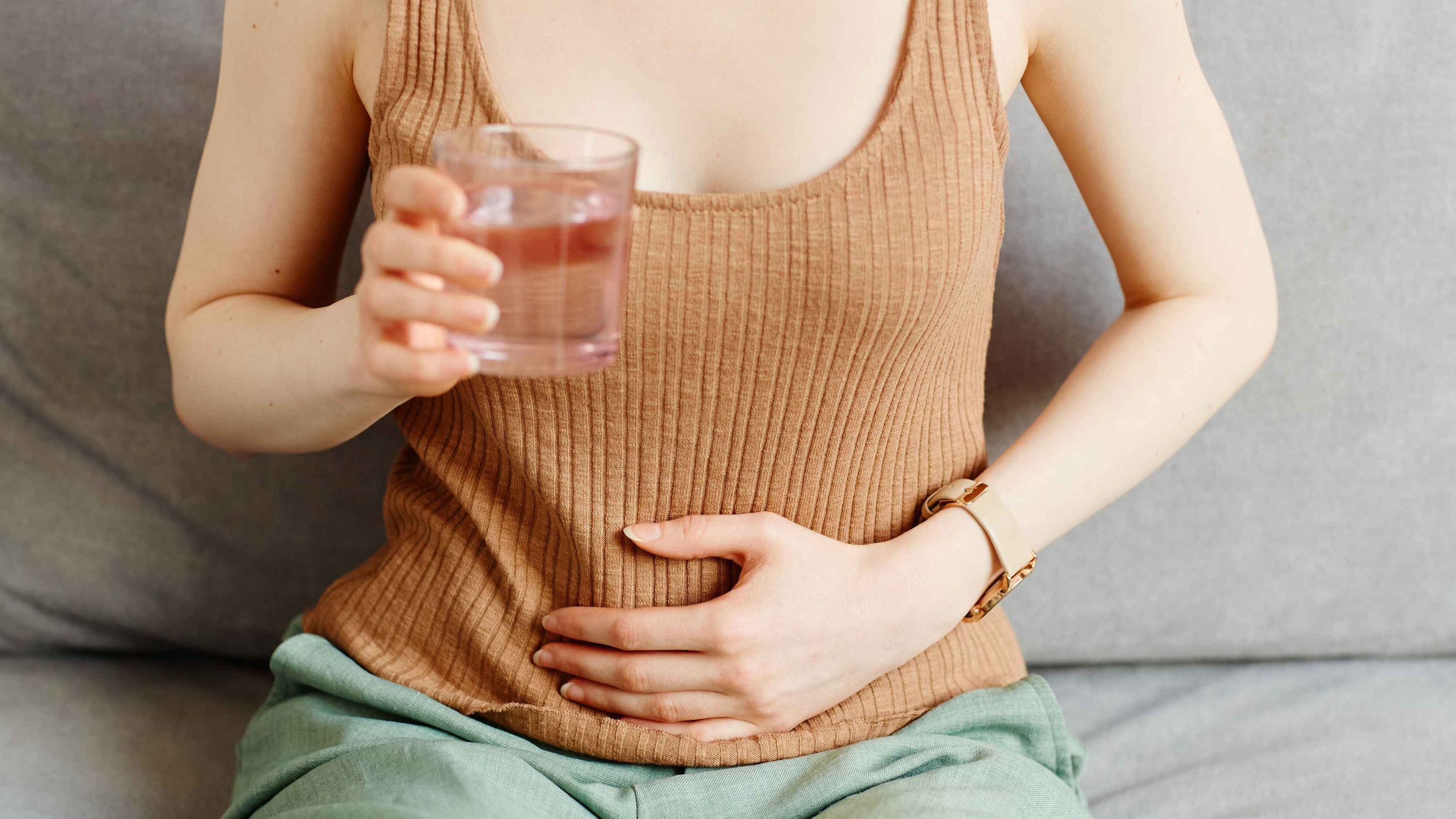
Drink lots of water to help reduce bloating, which worsens cramps. You should also consume hydrating electrolytes like Liquid IV Hydration Multiplier Lemon Lime.
05Period Cramp Yoga Poses: Best Yoga Poses for Period Cramp Relief
There are some gentle yoga poses that stretch the lower back and abdomen, promoting relaxation. They include:
- Child's Pose (Balasana):
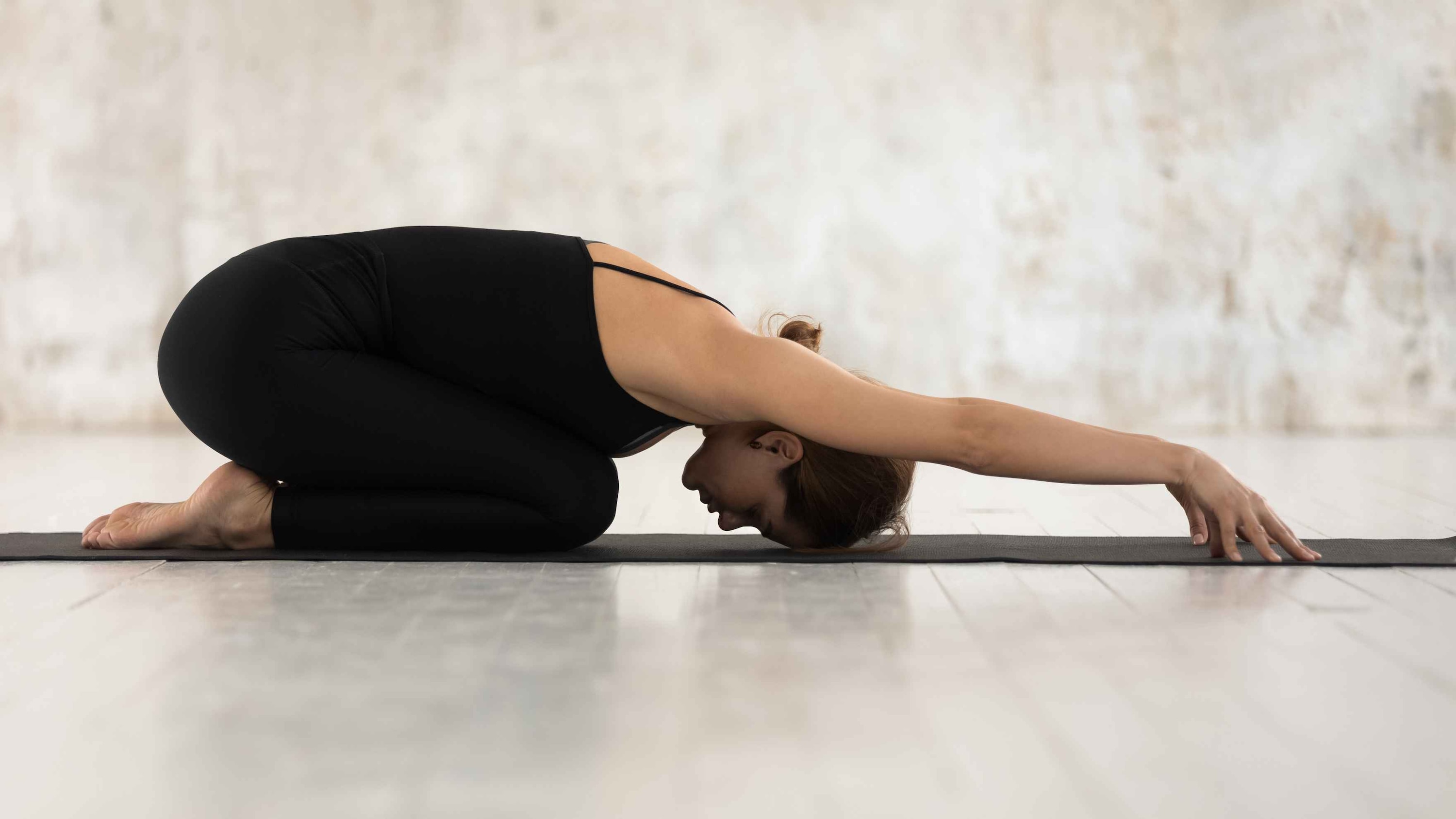
Slowly rest your abdomen on your thighs, relieving pressure in the back and hips.
- Supine Spinal Twist (Supta Matsyendrasana):
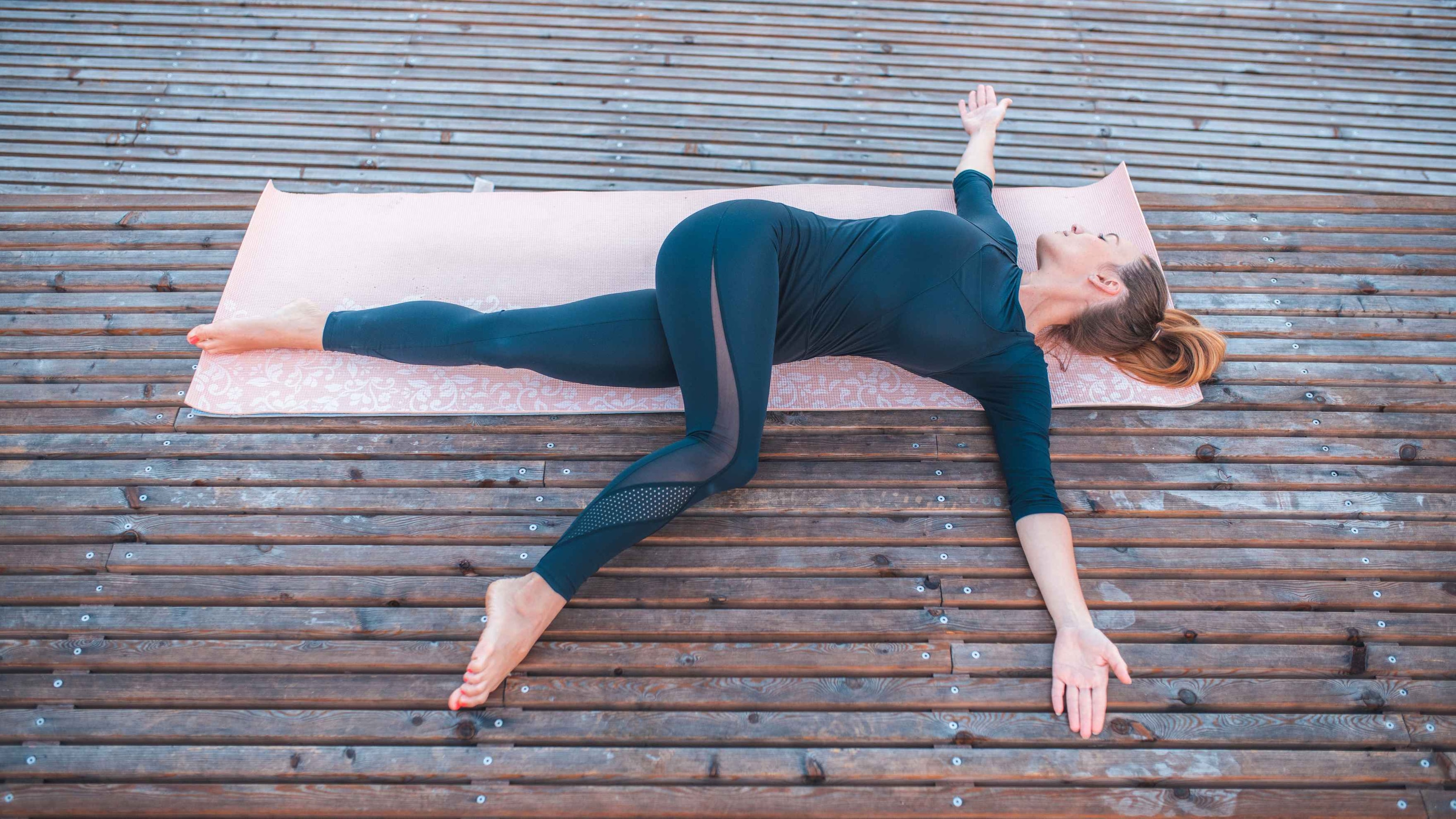
Twist your spine to release tension in the abdominal organs and lower back muscles.
- Cat-Cow Pose (Marjaryasana-Bitilasana):
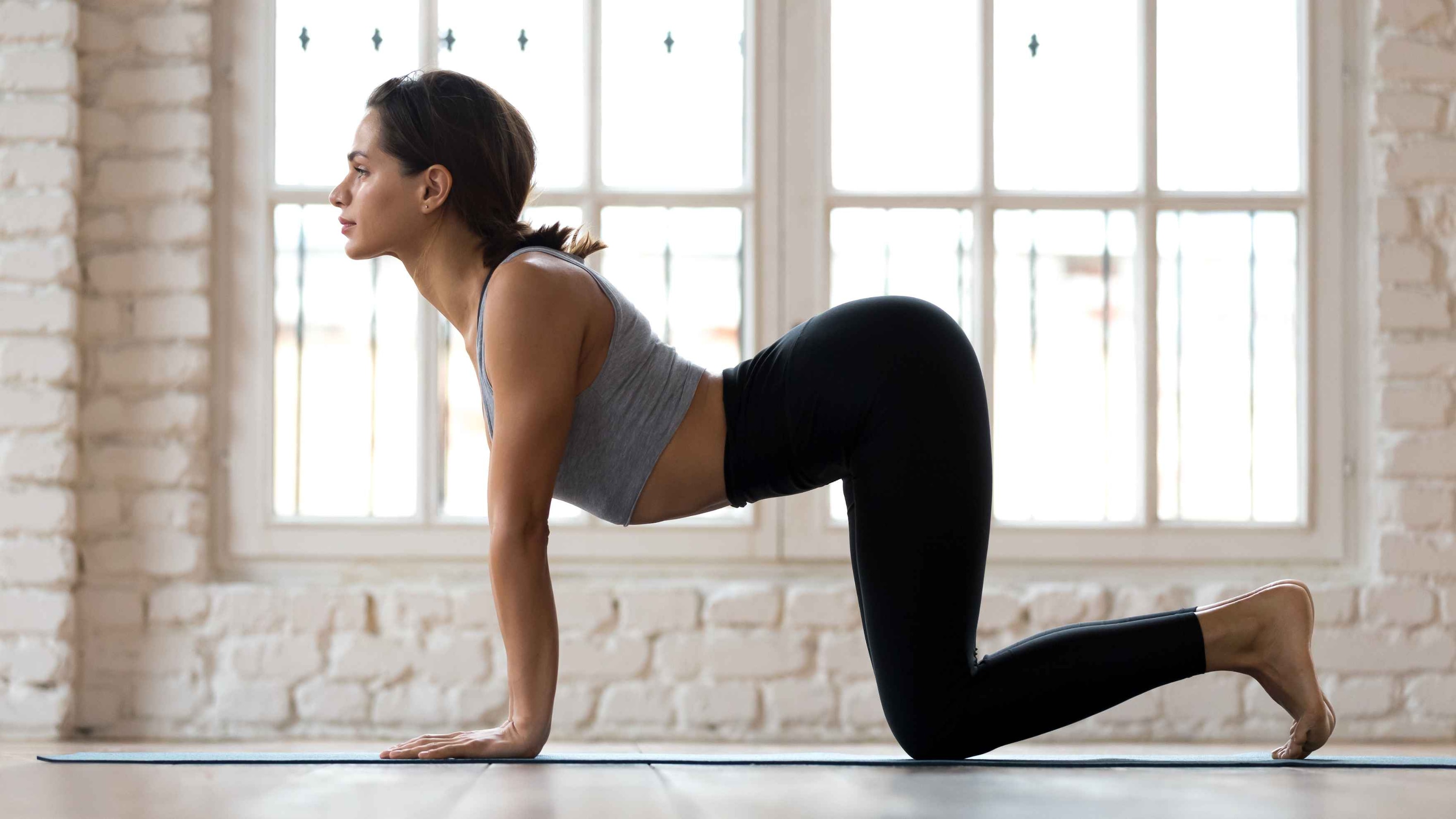
Move gently between these two poses. This pose warms up your body, boosts circulation, and offers a gentle massage to the abdominal organs.
06Quick Relief Options: How To Get Rid Of Period Cramps Fast At Home
For more severe pain, opt for over-the-counter (OTC) options, which are often the most effective medical intervention.
- OTC Medications (Nonsteroidal Anti-inflammatory Drugs - NSAIDs):
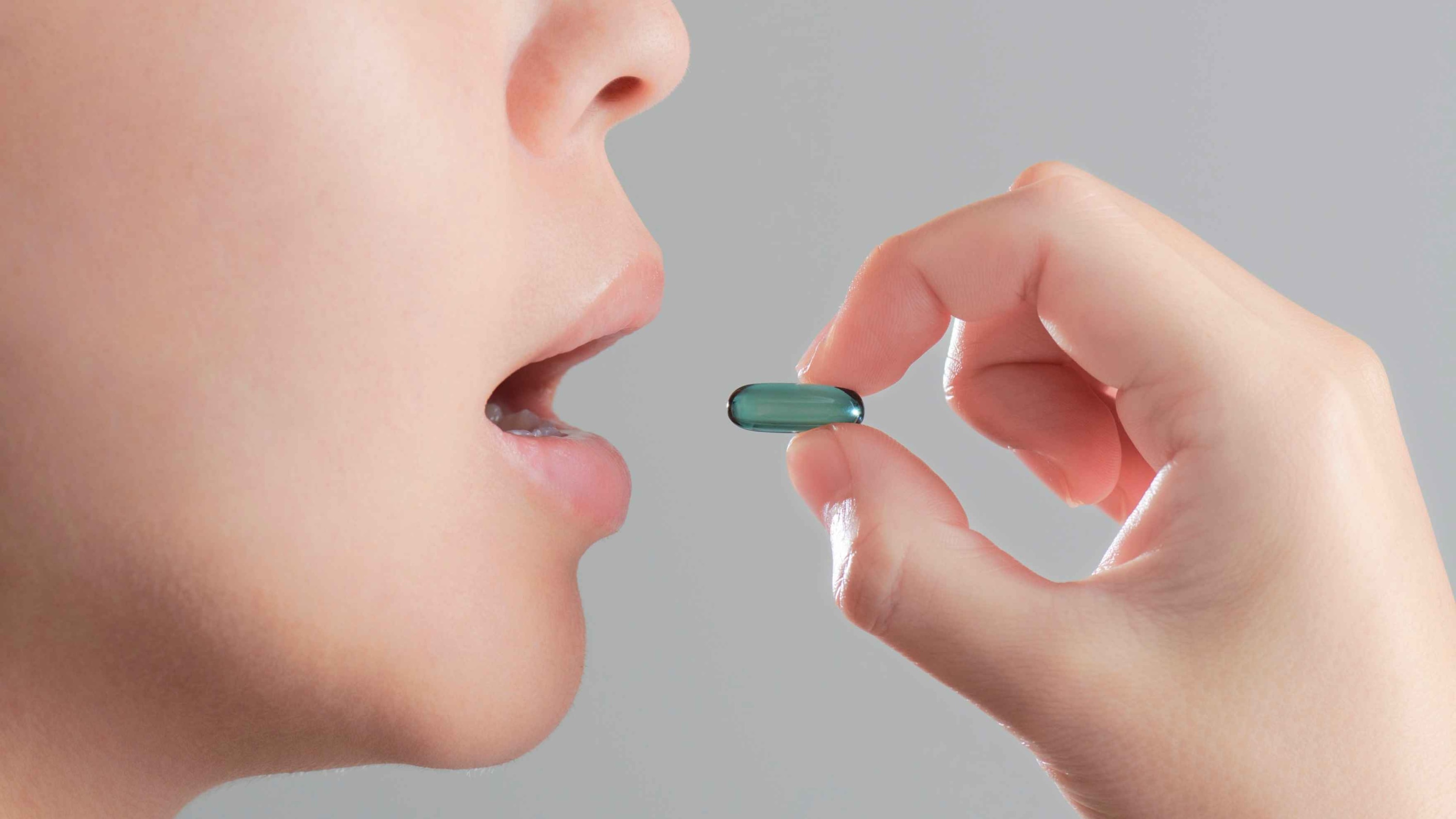
Anti-inflammatory medications are effective because they reduce the production of prostaglandins, thereby minimising the intensity of uterine contractions.
- Period Cramp Relief Machines (TENS Device):
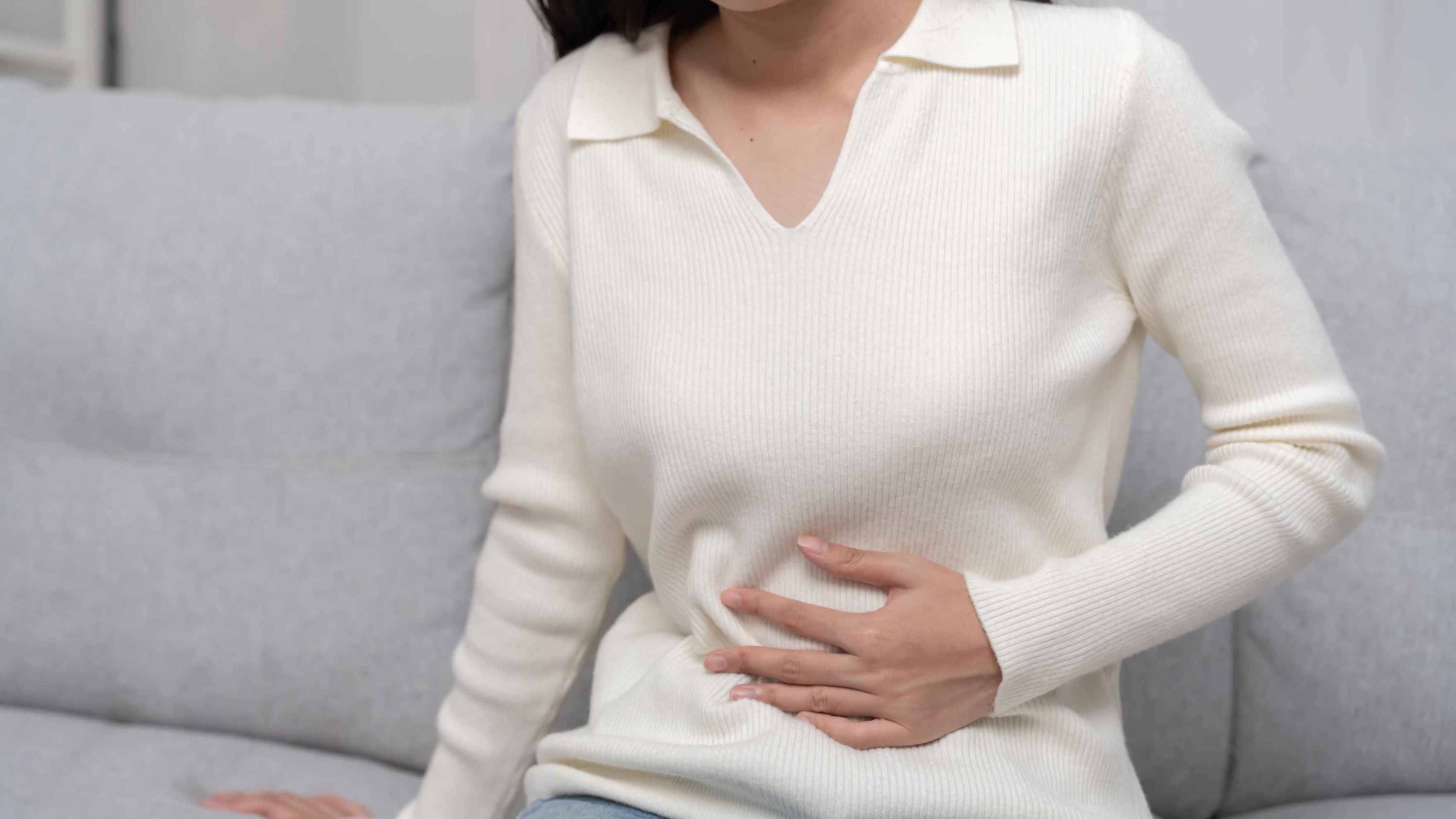
A Transcutaneous Electrical Nerve Stimulation (TENS) device is a tiny, battery-powered unit. It provides mild electrical currents through electrodes placed on the skin. These impulses help block pain signals from reaching the brain and also stimulate the release of endorphins (natural painkillers).
07Lifestyle Tips for Long-Term Relief
Experts advise that it's best to make certain lifestyle changes, which reduce the pain associated with period cramps. They include:
- Regular Exercise:
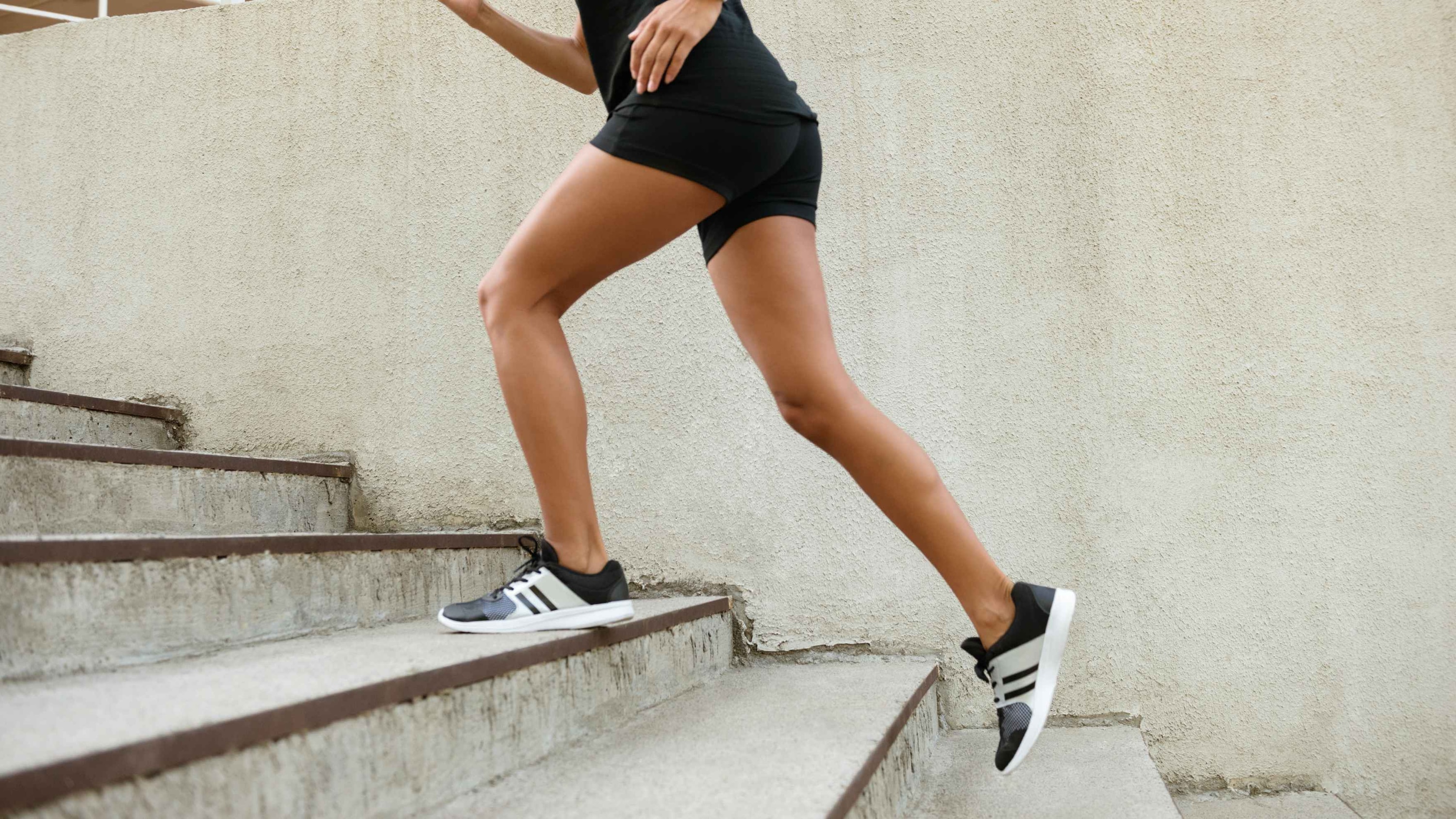
Participate in light to moderate aerobic exercise a few times a week, even during your period.
- Balanced Diet:
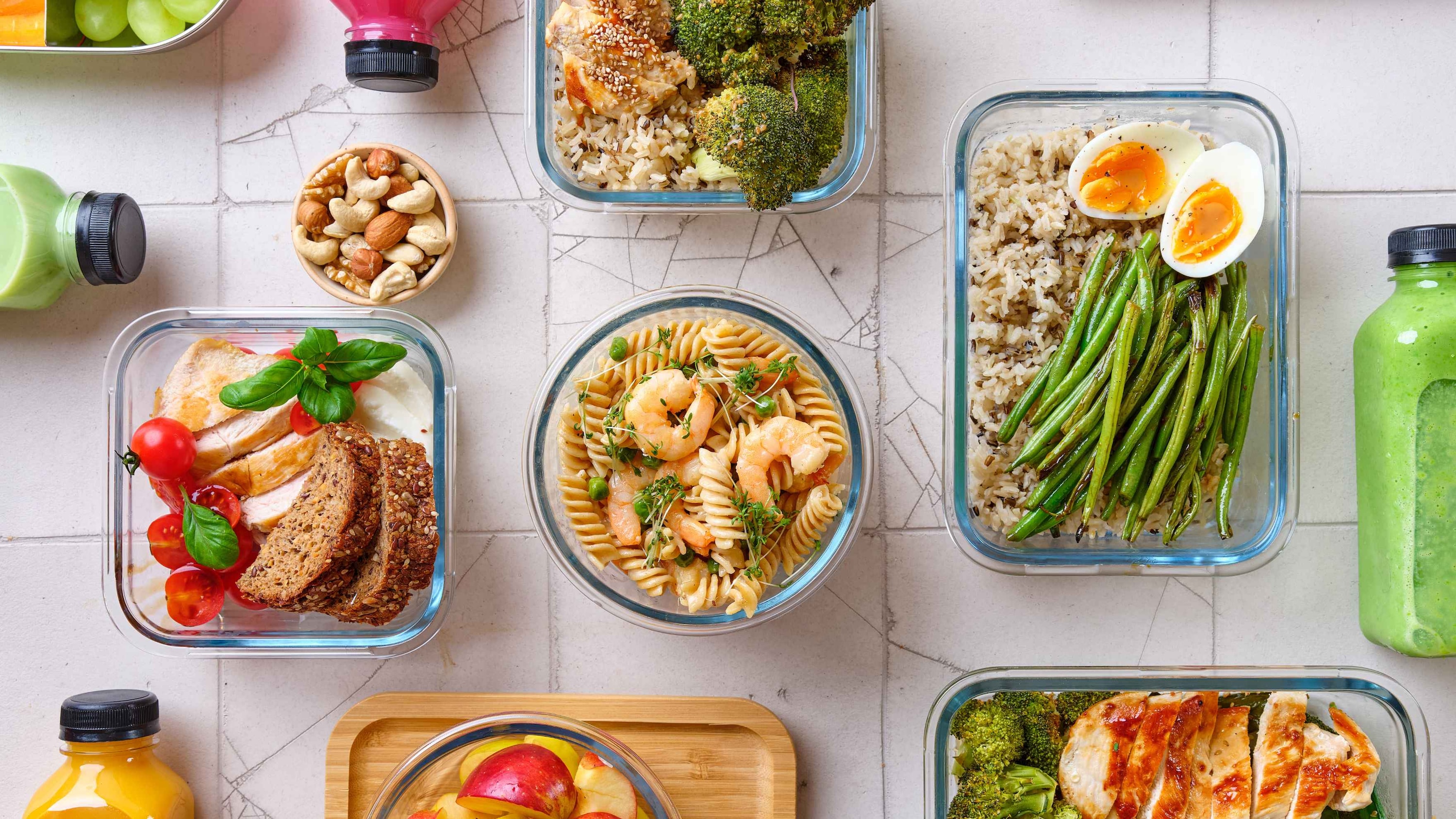
Focus on consuming nutritious food, particularly before and during your period.
"A balanced diet with rich sources of Vitamin D, protein, omega acids along with plenty of fibres in the form of leafy vegetables help to keep the body in optimum state. Foods rich in iron like red meat, legumes, ragi beetroot, carrots help to replenish blood loss," adds Dr. Vaishali Joshi.
- Stress Management:
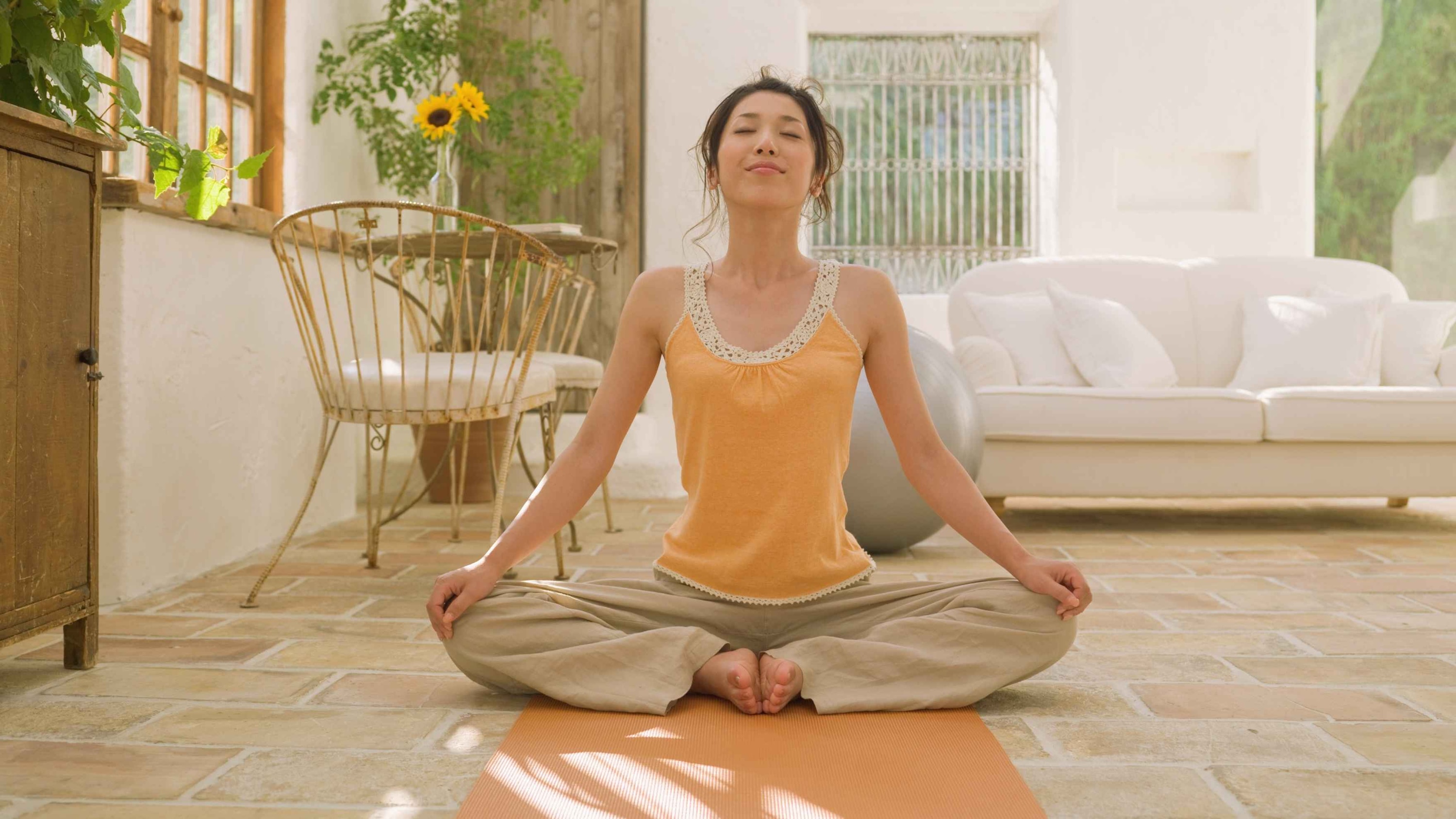
High stress levels can worsen period pain. Add stress-reducing practices like meditation, deep breathing, or journaling into your everyday routine.
08Manage Period Cramps: When to See a Doctor?
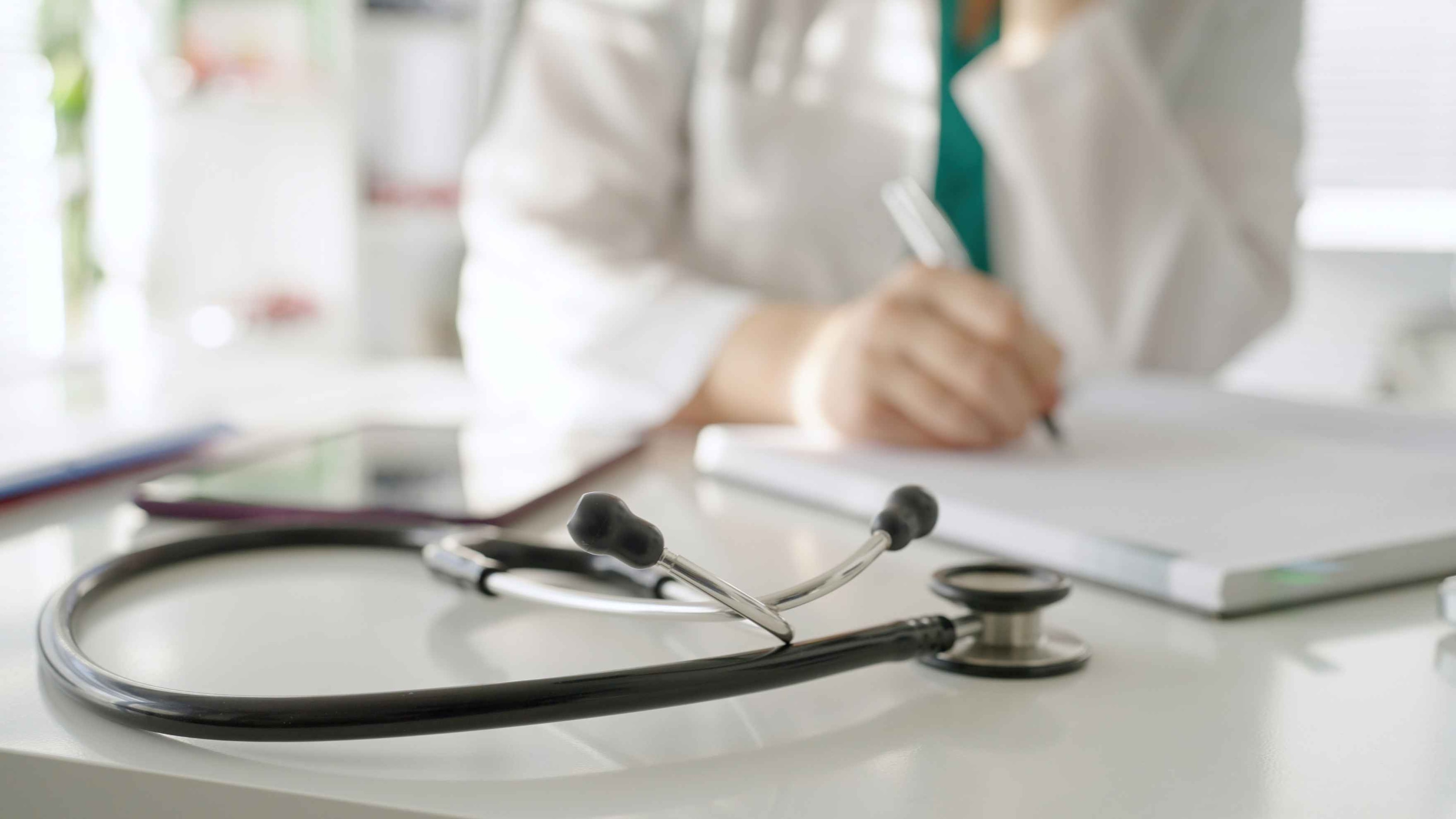
While mild to moderate cramps are normal, you should visit a healthcare professional in the following situations:
- Your cramps are suddenly getting worse as compared to previous cycles.
- The pain is draining and prevents you from going to work, school, or carrying out normal daily activities and over-the-counter pain relievers or home remedies are not helping.
"The pain when it becomes longer and it doesn't respond to your regular medication then it is important to understand the cause of the pain and hence you need gynaecological assessment," adds Dr. Vaishali Joshi. "There are issues that can be treated and menstrual pain can be taken away completely, which can improve the quality of life leading to a positive impact on interpersonal relationships, family life and workplace productivity."
Therefore, a mix of effective at-home remedies (like heat and gentle movement), OTC medications (especially NSAIDs), and long-term lifestyle adjustments can significantly manage and reduce period pain.
09FAQs on How To Manage Period Cramps
Here are some frequently asked questions on period cramps answered by the experts:
Q: Are period cramps the same as PMS?
A: No. Period cramps (dysmenorrhea) are physical pain experienced during your period. PMS (Premenstrual Syndrome) is a range of physical and emotional symptoms (like mood swings, breast tenderness, bloating) that occur in the days or weeks before the period starts.
Q: Why do I get diarrhea with my cramps?
A: This is because of the same hormones, prostaglandins, that cause uterine contractions. Prostaglandins affect the smooth muscle in the entire pelvic region, including the intestines. When the intestines contract more often, it could result in diarrhea.

